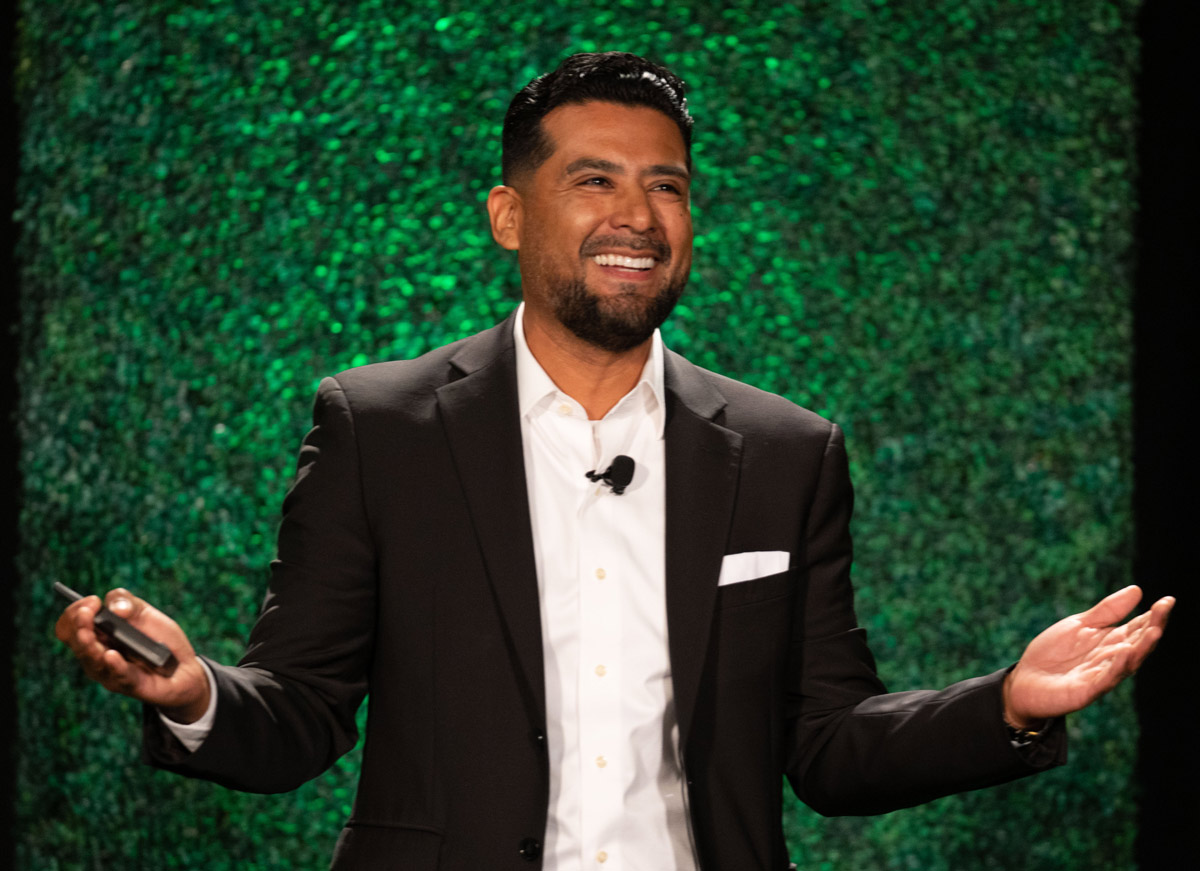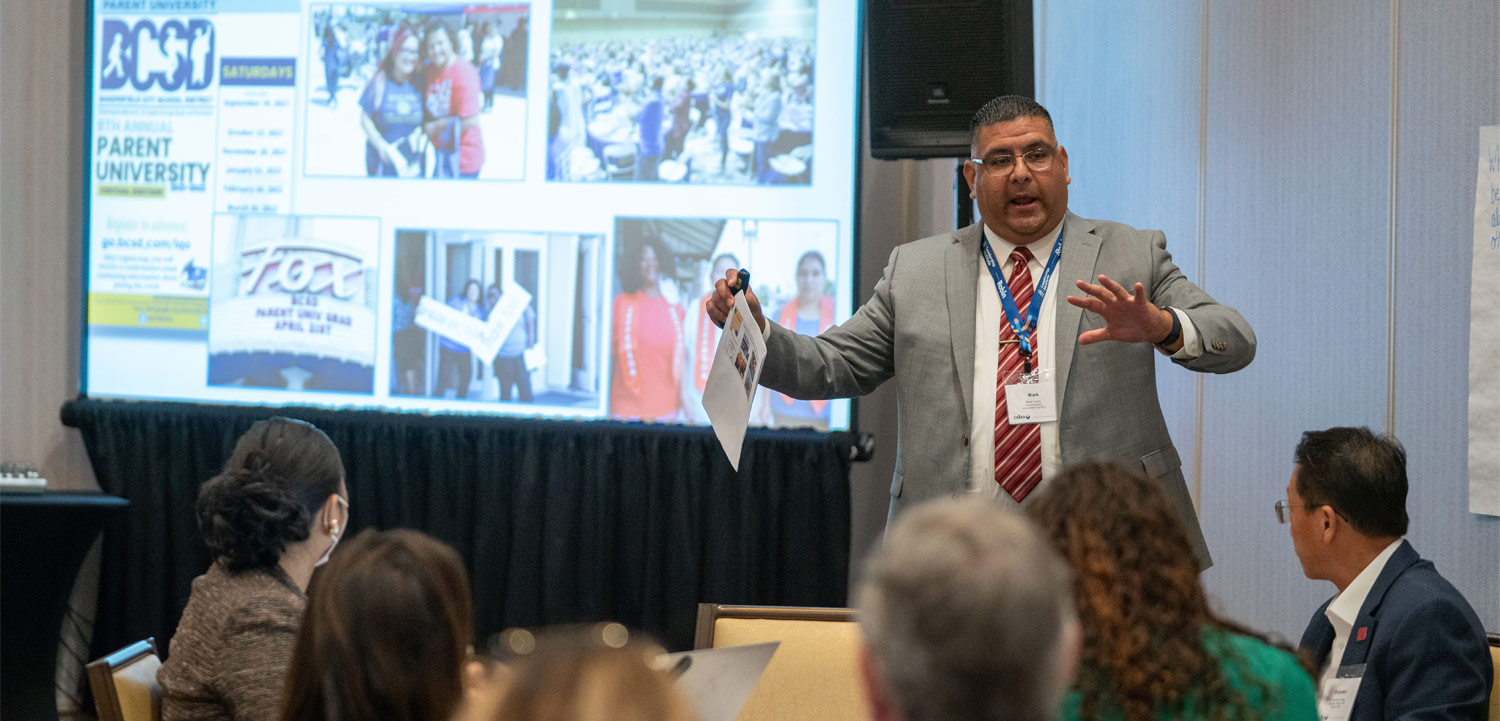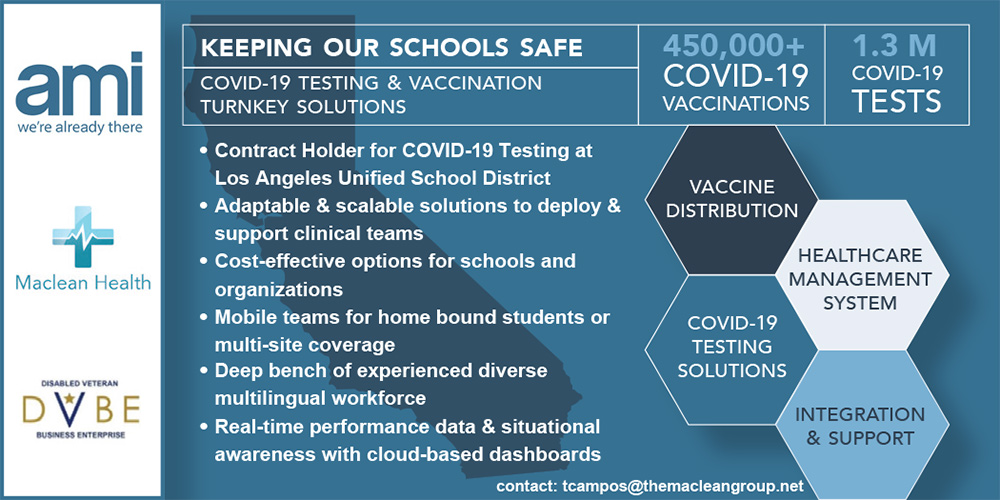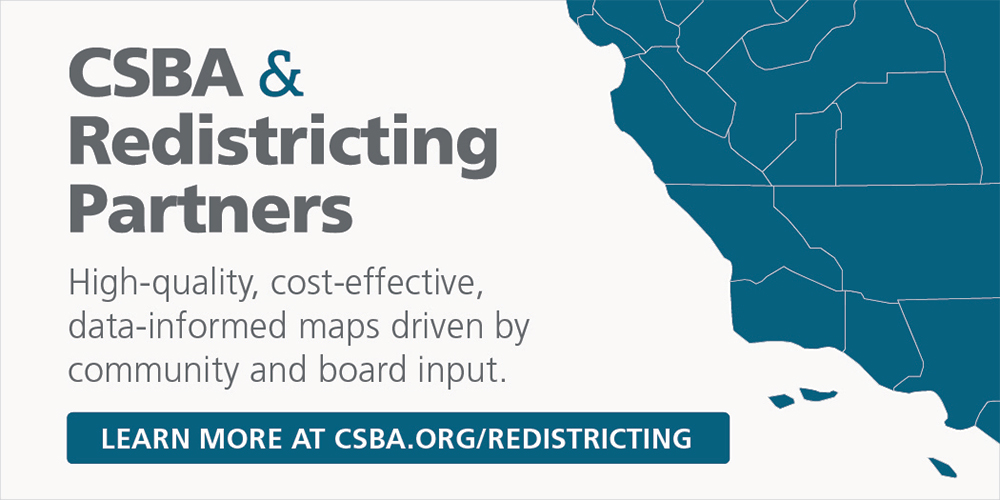Legal
The 2021–22 school year was full of ups and downs, with many challenges confronting CSBA members. One bright spot in the year was the launch of CSBA’s District and County Office of Education Legal Services program at CSBA’s Annual Education Conference in December.
California school districts and county offices of education have long relied on CSBA’s guidance on legislation, policy and general legal matters. However, they have never been able to receive direct legal advice and counsel protected by the attorney-client privilege from the association. When questions came in calling for legal advice and counsel beyond general legal guidance, CSBA members were told to contact their legal counsel — a response that was neither satisfying for the inquirer nor the CSBA attorneys eager to serve our members. Under the direction of CSBA CEO & Executive Director Vernon M. Billy, staff began to research what other state associations offer and Billy proposed the new Legal Services Department to the association’s Board of Directors, who approved the new initiative as a way to provide important and direct services to members. With the arrival of Legal Services, CSBA members can now receive even more benefits from our legal team than ever before.
Phase two of CSBA’s multimedia advertising campaign, School Boards in Action, showcases to the public a more personal side of school board members as well as steps they’ve taken to support students and improve outcomes during a tumultuous period for public schools. The expanded campaign is an ambitious effort to increase understanding of the critical role played by school trustees.




Troy Flint | tflint@csba.org
Editorial Director:
Kimberly Sellery | ksellery@csba.org
Marketing Director:
Andy Rolleri | arolleri@csba.org
Staff Writers and Contributors:
Alisha Kirby | akirby@csba.org
Heather Kemp | hkemp@csba.org
Teresa Machado | tmachado@csba.org
Kristin Lindgren | klindgren@csba.org
Barbara Laifman | blaifman@csba.org
Graphic Design & Branding Director:
Kerry Macklin | kmacklin@csba.org
Senior Graphic Designer:
Amanda Moen | amoen@csba.org
Dr. Susan Heredia | Natomas USD
President-elect:
Susan Markarian | Pacific Union ESD
Vice President:
Albert Gonzalez | Santa Clara USD
Immediate Past President:
Xilonin Cruz-Gonzalez | Azusa USD
CEO & Executive Director:
Vernon M. Billy
California School News (ISSN 1091-1715) is published 11 times per year by the California School Boards Association, Inc., 3251 Beacon Blvd., West Sacramento, CA 95691. 916-371-4691. $4 of CSBA annual membership dues is for the subscription to California School News. The subscription rate for each CSBA nonmember is $35. Periodicals postage paid at West Sacramento, CA and at additional mailing office. POSTMASTER: Send address changes to California School News, 3251 Beacon Blvd., West Sacramento, CA 95691.
News and feature items submitted for publication are edited for style and space as necessary.

That’s why it was so invigorating to convene with hundreds of school board members, superintendents and school staff at the 2022 Leadership Institute in Los Angeles. One of the biggest impacts of the pandemic was the isolation that it imposed on so many of us, creating a void that technology could only partially fill. The chance to be in communion with so many dedicated education leaders, first at the 2021 Annual Education Conference and then this July at Leadership Institute, was truly restorative for me and for many others.

Unjust Legacy, released in June by The Opportunity Institute and Pivot Learning, found that California fell from fifth in per-student funding to 47th in the nation in the two decades following the passage of Prop 13. The analysis found that making certain changes to the way the state taxes its residential properties could result in an increase in funding of at least $1,200 per student.
Maria Echaveste, president and CEO of The Opportunity Institute, noted during a June 22 webinar analyzing the findings of the report that “as the eldest of seven children born into a poor Mexican farmworker family, California’s investments in education gave us — all of us — the opportunity to achieve the American dream. When California was among the top five states in per-student education funding, my siblings and I received a high-quality education, even in a little rural district in Fresno County. The California that passed Proposition 13 is not the California of today. We can revisit decisions of the past and better align our policies with the California we want for our children.”
That is why CSBA embarked on an intensive research project examining how districts and county offices of education are using COVID relief funding to support the health and safety, instructional and social-emotional needs of students and staff. Using a combination of focus group, survey and state-level expenditure reports, CSBA has developed a three-part series that broadly describes the ways California’s school districts and county office of education have used state and federal COVID-19 relief funding. This research also includes the perspectives of superintendents and chief business officials on spending priorities and related implementation issues.

Local educational agency leaders from across the state converged in Los Angeles July 22–23 to connect on topics including mental health, crisis communications, community engagement, effective board meeting management and financing an equitable education.
Phase one, which took place last year, generated greater recognition of the complex nature of responding to an everchanging pandemic as well as the variety of innovative programming offerings districts developed to support students, staff and families in unprecedented times. It gave an in-depth look at how board members and local educational agencies dedicated themselves to providing online learning, returning students to in-person instruction, jumpstarting learning recovery efforts and addressing social-emotional needs.
As board meetings became a hotbed for contentious conversations around COVID-19 mitigation strategies and other topics, countless trustees faced historic rates of harassment.
Equity walks provide a space for governance teams to develop their lens and understanding of what equitable practices look like in classrooms and on the school campus. They also serve as opportunities for board members, district leaders and site administrators to take a deeper dive into the collection of qualitative as well as quantitative data to inform, adjust and monitor policies and practices across school sites and the district. The equity walk tool guides the professional learning space for educational leaders and can be used to assess the overall progress towards equity goals. Equity walks support the ongoing monitoring of implementation of equity impact action plans but require additional data points to obtain conclusive findings and measuring the impact of equitable practices (i.e. surveys, interviews, etc.).

The Court held in Carson v. Makin that limiting Maine’s tuition assistance program to “nonsectarian” only schools violated the Free Exercise Clause of the Constitution. In Maine, because less than half of the school districts offer secondary education, the state created a tuition assistance program for students to enroll in private secondary schools. To receive the tuition directly from the state, schools had to be “nonsectarian.” Here, the Court agreed with the students and parents who chose to enroll in a private religious school by finding that Maine could not provide “tuition” to private schools that are not religious without also providing such assistance to private religious schools. By doing so, the Court held this constituted “discrimination against religion.”

The state’s accountability system “really looks at providing the data needed for decisions to be made at the local level,” said board Vice President Cynthia Glover-Woods. “We’ve navigated away from the name-and-shame game … to a system that I’ll admit is complex. It’s more than a single number — it is really looking at all these different areas that help our school systems to know how our students are doing.”
During an update on the indicators, history and implementation of the state school accountability system, several public commenters expressed that the state’s school accountability tool, the California School Dashboard, sets too low the expectations for how many English learners should be progressing in proficiency each year. It also lumps students still learning English together with those who have achieved fluency in determining performance, many advocates said. A student is reclassified from English learner status to Fluent English Proficient (RFEP) status upon the student meeting all the criteria found here.

Family reunions, picnics and barbeques in the park, and reading at the beach are all well-worn summer rituals. Something that’s probably not on board members’ summer to-do list — but should be — is stepping back to evaluate the effectiveness of their district or county office of education’s process for reviewing board policy.
The time spent now reviewing procedures for keeping the district or county office board policy manual current sets a solid foundation for the board’s policy review and maintenance once preparation for the new school year begins. CSBA has a wide range of supports to help boards get their policy manual looking just as good as their summer photo albums.
Summer break is an ideal time to take a step back and reflect on how well current processes are working. Some boards have a subcommittee that reviews policy to become intimately knowledgeable about specific policy before the board as a whole reviews and adopts it. Others authorize the superintendent and staff to give recommendations for the board to consider when reviewing and adopting policy. Some superintendents delegate proposed policy updates to applicable departments.

“Environmental Literacy County Office of Education Leadership Case Studies,” released March 31, illustrates how two COEs in Orange and San Mateo counties “broke new ground in environmental literacy and sustainability leadership in ways that are already improving the lives of the students and other residents of their communities.”
Andra Yehogian, environmental literacy coordinator at the San Mateo COE, said in a companion webinar to the report that COEs play an important role within California’s massive K-12 system, and would be the easiest to invest in if the state wants the biggest bang for its buck in kickstarting environmental programming.
Aug. 11 & 25
MIG Alumni Association Summer Book Club Series
MIG Course 1: Foundations of Effective Governance/Setting Direction
Student Board Member Summer Training Session
Governance with an Equity Lens
MIG Course 2: Student Learning & Achievement/Policy & Judicial Review
Sept. 9–11
2022 CCBE Annual Conference | Monterey
Executive Assistants Certification Program | Santa Clara
MIG 3: School Finance Part 1 & 2 & MIG 4: Human Resources/Collective Bargaining | Rancho Cucamonga
MIG COE COURSE 1: Foundations of Effective Governance/Setting Direction | San Jose
Executive Assistants Certification Program | Santa Cruz









